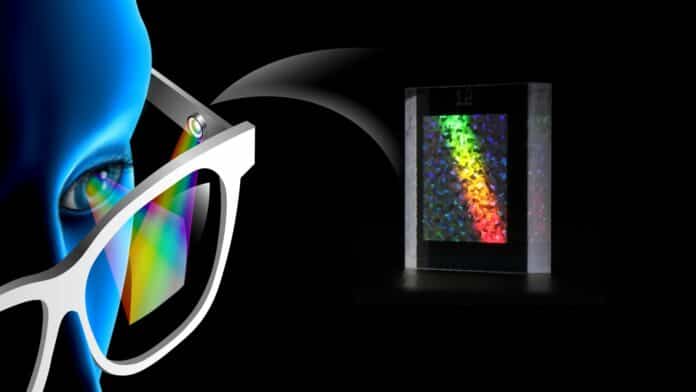Because holographic images have depth and resemble actual objects, they appear realistic. Conventional screens merely display depth as though it exists, even though it is flat. We see the world in three dimensions. Thus, holographic images might blend seamlessly with how we usually perceive the environment.
Princeton scientists are one step closer to mixing the real and virtual worlds in an ordinary pair of eyeglasses using high-definition 3D holographic images.
Virtual and augmented reality displays can be very immersive. To get a similar experience using a monitor, one would need to sit in front of a cinema screen.
Felix Heide, an assistant professor of computer science and senior author of a paper, said, “Holography could make virtual and augmented reality displays easily usable, wearable, and ultrathin. They could transform how we interact with our environments, everything from getting directions while driving to monitoring a patient during surgery to accessing plumbing instructions while doing a home repair.”
One of the most significant issues with holographic images is quality. A small device known as a spatial light modulator is used to create them. However, until now, these modulators could generate enormous, hazy images or small, clear ones. This implies a trade-off between clarity and image size, leading to a limited field of view. Users need to get the immersive experience they desire from this limited view.
Scientists have created a device to improve image quality to overcome this issue. In cooperation with colleagues, they integrated an additional optical component to enhance the spatial light modulator. By filtering the light coming from the modulator, the device they created increases the field of view without compromising the accuracy and stability of the image. As a result, the image gets larger while maintaining a relatively high quality.
Nathan Matsuda, research scientist at Meta and co-author of the paper, said, “The research brings us one step closer to resolving this challenge.”
Heide said, “The new optical element is like a tiny custom-built piece of frosted glass. The pattern etched into the frosted glass is the key. Designed using AI and optical techniques, the etched surface scatters light created by the spatial light modulator exactly, pushing some elements of an image into frequency bands that are not easily perceived by the human eye. This improves the quality of the holographic image and expands the field of view.”
“Still, hurdles to making a working holographic display remain. The image quality isn’t yet perfect, said Heide, and the fabrication process for the optical elements needs to be improved. A lot of technology has to come together to make this feasible. But this research shows a path forward.”
Journal Reference:
- Tseng, E., Kuo, G., Baek, SH. et al. Neural étendue expander for ultra-wide-angle high-fidelity holographic display. Nat Commun 15, 2907 (2024). DOI: 10.1038/s41467-024-46915-3
